Your motorcycle’s suspension works hard to absorb the bumps in the road before they make it to you. The suspension is crucial for maintaining control, contact with the road, and giving you a comfortable ride. There’s a lot of complex and sophisticated physics and engineering at play, but we don’t need to get into the nitty gritty science to get the gist of and truly appreciate what’s going on in your fork and the shock(s) attached to your swingarm when the wheels encounter a bump. Let’s shed some light on what your motorcycle’s suspension is doing, and what rebound and compression are.
Essentially, there’s two stages of movement that occur when your suspension springs into action; compression and rebound. The rate at which the motion is slowed down and controlled is damping.
The first stage is compression. When you hit a bump, thanks to Newton’s third law of motion (that whole “equal and opposite” jam), the wheel is pushed upward away from the bump. At this point, the respective suspension component moves upward along its stroke, compressing the spring in it (hence the term “compression”). Tension builds up in the spring when it is compressed. The tension of the spring that was built up during the compression stage pushes out in the opposite direction (there’s that third law of motion again) to return the wheel to its original position. That is rebound.
The spring would just oscillate back and forth, bouncing like a pogo stick, until friction in the suspension system stopped it from moving. I’m sure you can imagine the nightmare of riding a motorcycle if the front and rear ends were constantly bouncing like pogo sticks after every bump. Smooth, controlled motion is what we want, so now we lean on Newton’s first law to introduce some additional force, and add damping into the mix. Damping slows down and controls the oscillation of the spring with a hydraulic system. Both the viscosity of the fluid and valves in the system control the rate that the fluid flows through the chambers of the system, altering the speed at which the spring is able to compress and subsequently return to its original position.
So what do compression and rebound damping actually do when you're out on the road? The easiest way to look at it is to consider what would take place if there was too little or too much of each. Too little compression damping (the suspension is too soft), and the spring will compress too quickly, causing the suspension to easily bottom out. Too much compression damping (too stiff) and the spring won't have time to compress as much as is needed to fully absorb the energy, and the force of the bump will transfer to the steering head and chassis of the bike. The chassis and rider will absorb the impact of the bump instead of the spring. The wrong amount of compression damping will result in a ride that feels harsh and bumpy.
Rebound damping settles the bike back into place after a bump and helps maintain the wheel’s contact with the road. With too much damping the rebound will be too slow. The suspension will compress, but not return quickly enough, so the wheel could potentially lose contact with the road when it compresses. With too little rebound damping, the suspension will return to its original position too quickly, which will push the bike up and cause a bouncy feel to the ride. The wrong amount of rebound damping makes for a ride that feels bouncy, squirmy, or like there's a lack of traction.


Many bikes, especially higher performance and touring models, are equipped with suspension which allows for adjustment of compression and rebound damping. This allows the rider to fine tune the suspension behavior based on rider/passenger/cargo weight, road conditions, ride style, and personal preference. A lot of bikes don’t feature adjustable compression and rebound, so the OEMs work to set things up to handle as wide a number of variables as possible instead.

Don’t sweat it if you’re not happy with your bike’s suspension damping and your suspension isn’t adjustable. There are plenty of suspension upgrades available that you can use to add adjustability or otherwise improve the damping characteristics of your suspension. More well-tuned compression and rebound damping will improve handling, confidence, and comfort in your ride.


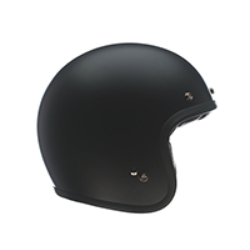

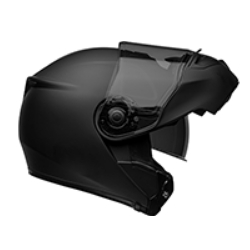

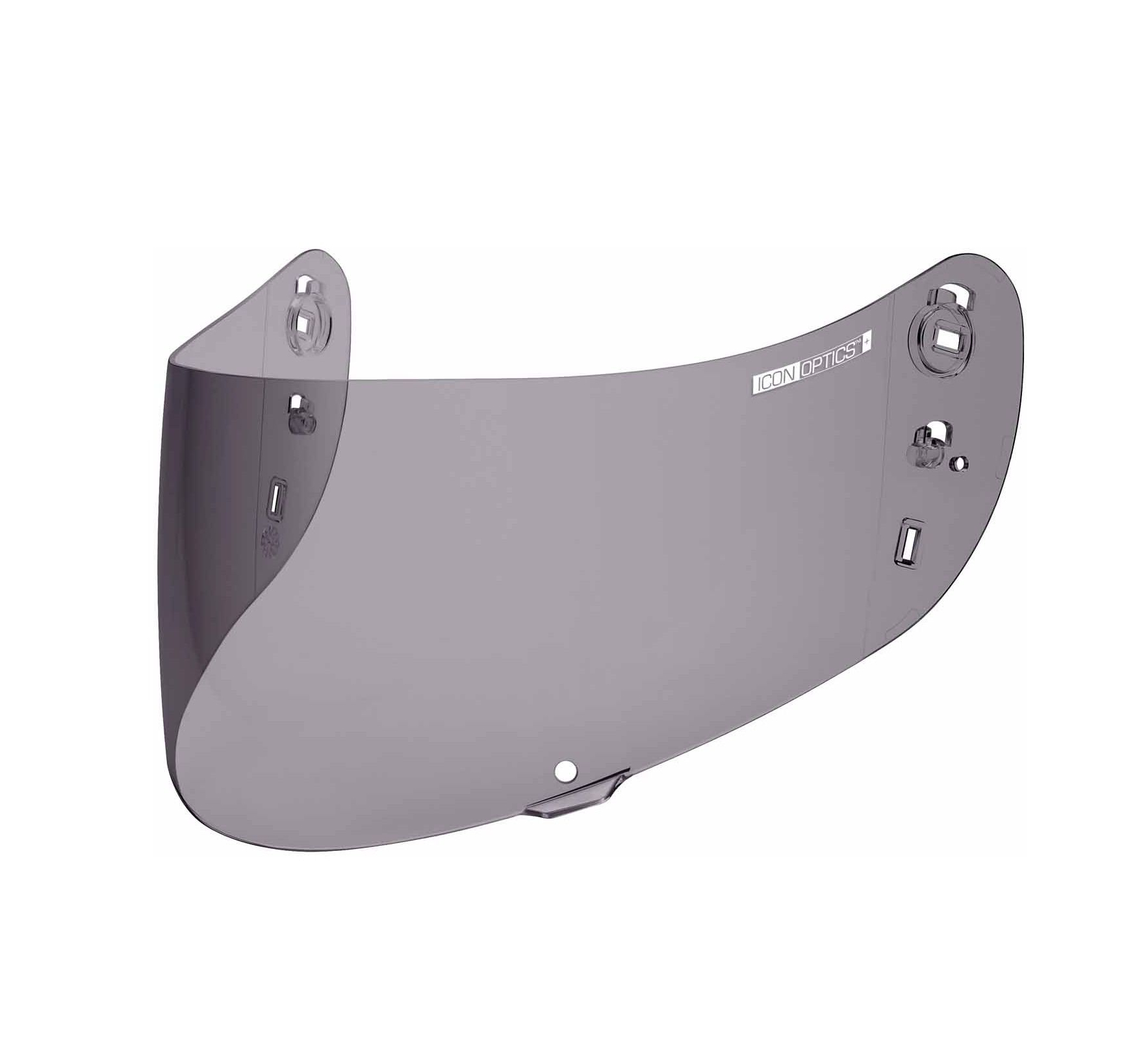
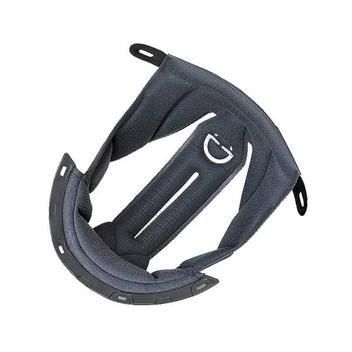
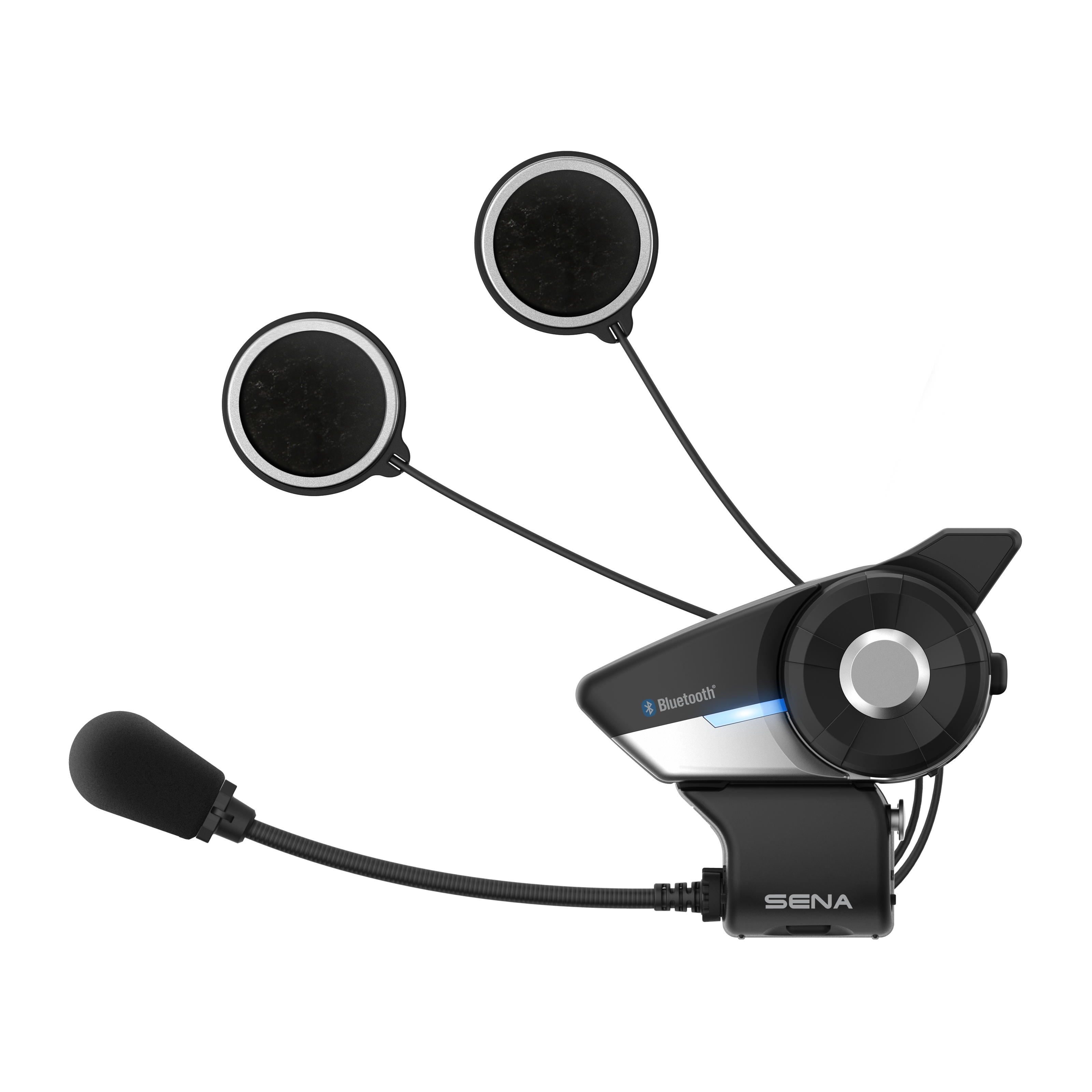


 Membership
Membership






